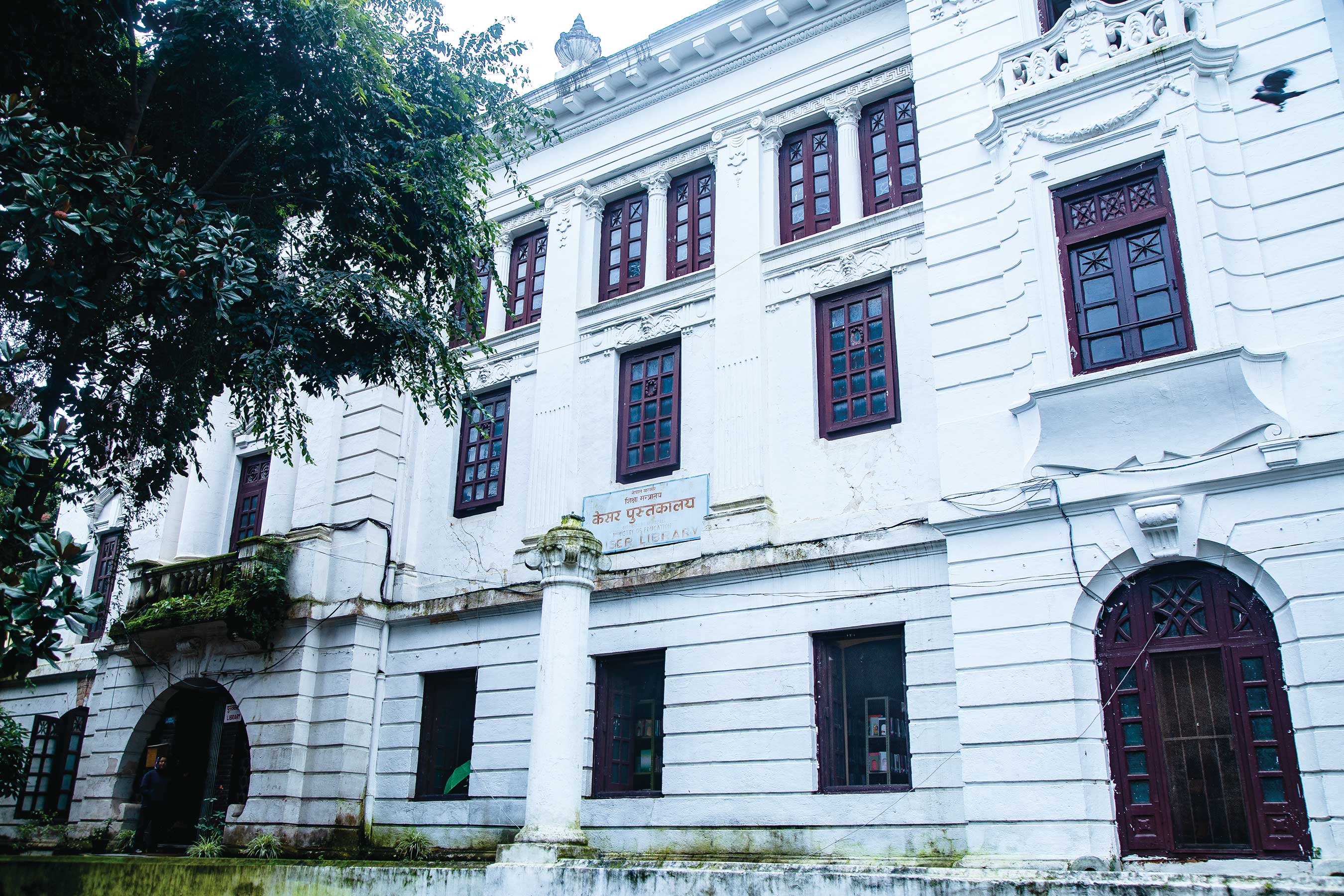If you love plants, if you are intrigued by flower gardening or enjoy reading about bo-tanical exploration in the Himalayas and the adventuresome lives of botanists and foresters, then here’s a book for you. The Life and Times of a Plantsman in the Sikkim Himalayas is K.C. Pradhan’s personal and highly readable account of a rich and full life roaming the Himalayas, and the world, as a forestry professional and expert on a variety of flowering trees, shrubs and other plants. For much of his life, K.C. Pradhan was the former Chief Secretary and Advisor to the Government of Sikkim and one of the Himalaya’s most all round forest resource experts. His memoir is many things, including the story of two generations of foresters from a prominent Sikkimese family of the Nepalese Newar clan of Pradhan. The author’s father, Rai Saheb Bhim Bahadur Pradhan, was a well known forester of the earlier generation. “Between my father and me,” Keshab Pradhan writes, “we were at the helm of Sikkim forestry – rather, we were its custodians – for well-nigh half a century (1922-1978).” That’s a major accomplishment given that professional forestry in that spectacularly beautiful and botanically bountiful corner of the Great Himalayas is barely a century old.
The Pradhans of Sikkim originated in Bhaktapur (Kathmandu Valley), but migrated to Darjeeling (in India’s West Bengal state) and ultimately to Gangtok (Sikkim) several generations ago. This book describes the rich heritage of those particular Pradhans, and in that way it adds to the literature on the Nepalese Diaspora. Whereas some authors (like Lain Singh Bangdel) wrote of the Diaspora’s effects on the poor, Pradhan’s book describes it from the point of view of a rather well-off and comfortable clan. Keshab Pradhan (b. 1935) grew up in a privileged, landowning family. His parents and extended family valued education, intellectual inquiry and travel. As a result, he went to some of the best schools, culminating in post graduate studies at the prestigious Yale University School of Forestry and an internship with the Weyerhauser company, one of the USA’s most prominent forestry giants. His life is full of connections with other foresters and plant lovers and collectors on virtually every continent. Many of his personal and professional friends show up in the book’s dozens of historic photographs. Pradhan also describes his triumphs at discovering or rediscovering some truly exotic Himalayan plants, including particularly rare orchids, rhododendrons and a unique type of heather, which made him doubly famous. The list of international botanical exhibitions he has attended and botanical awards he has won is impressive.
The book has 44 chapters, all short. They include accounts of his paternal heritage as a Sikkim Pradhan, and of his youth, marriage and charming wife and talented family. There is particular attention to his early exposure to plants and gardening, including a review of ‘The Sikkim Pradhans in Kalimpong’s Floriculture Trade: Glorious Past and Uncertain Future’. His political leanings are briefly discussed; he was close to Sikkimese royalty and was not happy with the loss of Sikkim’s independence. About education we read of his ‘Forest Training’ – at the Indian Forest College in Dehradun, and his stint ‘At Yale as Royal Protégé’. His professional life and contributions in the service of the Sikkimese and Indian Governments are also described.
Some of the most fascinating chapters detail his adventures as a Himalayan plant hunter – ‘In Search of Diplarche: The Elusive Himalayan Heather’, ‘Trip to Zemu: Mountaineers’ Paradise’, ‘Visit to Sim Choka: Hidden Lake of Ethereal Beauty’, ‘The Mystery of Herbal Plants: Sikkim—Our Shangri-La’, ‘In Search of Cypripediums: Elusive Lady Slipper Orchids’, and ‘Botanical Ramblings in the Indo-Tibet Border’. He is especially well known around the world for his knowledge and promotion of rhododendrons (see ‘Bersey Rhododendron Sanctuary: Resurgence of the Himalayan Rhododendrons’ and several other chapters).
K.C. Pradhan’s memoir is a richly detailed and worthy addition to a bookshelf that may already be brimming with books on scientific adventures and personal reminiscences in the Himalayas. It is certainly a unique contribution to our understanding of the Nepalese Diaspora and of the Nepalese in Sikkim, especially given its focus on a successful and proud line of Nepalese of Newar heritage.
Published by the author, K.C. Pradhan, Wayside Gardens, Tadong 737 102, Sikkim, India (sfkeshab@gmail.com), 2008, 300 pp. Available at Vajra Books, Jyatha, for 1200 rupees.
Gokarna Forest Resort The Royal Hunting Ground
As you drive along the winding roads that lead you to the gates to Gokarna Forest Resort, its hard to...









